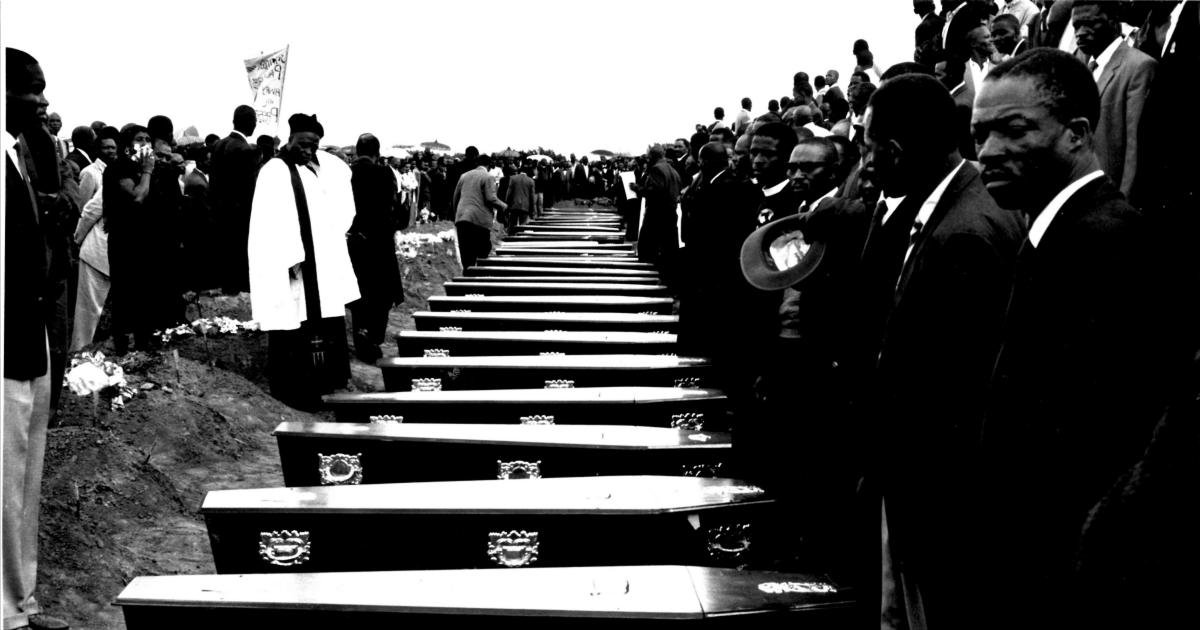What was the purpose of the Sharpville Massacre?
The purpose of the Sharpeville Massacre was to suppress and quell the growing resistance against apartheid policies and to maintain white minority rule in South Africa.
The Sharpeville Massacre, which occurred on March 21, 1960, in the township of Sharpeville, South Africa, was a pivotal event in the struggle against apartheid. This tragic incident, where South African police opened fire on a crowd of peaceful protestors, resulted in the deaths of 69 people and left hundreds injured. To understand the purpose of the Sharpeville Massacre, it is crucial to examine the historical and political context of apartheid South Africa.
The Purpose and Consequences of the Sharpeville Massacre
Background of Apartheid
Apartheid was a system of racial segregation enforced by the National Party government in South Africa from 1948 to 1994. It aimed to maintain white minority rule and institutionalize racial discrimination against the majority Black population. Under apartheid, strict laws were enacted to segregate and marginalize non-white citizens, denying them basic human rights and freedoms.
The Purpose of the Sharpeville Protest
The Pan Africanist Congress (PAC), an anti-apartheid organization led by Robert Sobukwe, organized a nationwide campaign against the discriminatory “pass laws” imposed by the apartheid regime. These laws required Black individuals to carry passbooks at all times, which restricted their movement and controlled their access to urban areas.
The purpose of the Sharpeville protest was to challenge the pass laws by encouraging Black South Africans to present themselves at police stations without their passbooks and willingly face arrest. This strategy aimed to overwhelm the system and demonstrate mass resistance against apartheid policies.
The Massacre and Its Consequences
On the day of the protest, a large crowd gathered outside the Sharpeville police station, peacefully awaiting arrest. However, tensions escalated when police reinforcements arrived, and a scuffle broke out between the protesters and the police. In the chaos that ensued, the police opened fire on the crowd, leading to the tragic loss of life.
The Sharpeville Massacre had profound consequences both within South Africa and internationally. Domestically, the event sparked widespread outrage and marked a turning point in the anti-apartheid struggle. The African National Congress (ANC), which had previously employed nonviolent resistance, shifted towards armed resistance in response to the government’s violent repression.
Internationally, the massacre brought global attention to the injustices of apartheid and significantly increased international pressure on the South African government to dismantle the apartheid system. It led to the imposition of economic and political sanctions by various countries and organizations, isolating South Africa on the global stage.
Ultimately, the purpose of the Sharpeville Massacre was to challenge and expose the oppressive nature of the apartheid regime. While the protest itself did not achieve its immediate objectives, it played a pivotal role in mobilizing opposition against apartheid and was a catalyst for further resistance and international condemnation.
Conclusion
The Sharpeville Massacre was a tragic event that exposed the brutalities of apartheid and sparked a significant shift in the anti-apartheid struggle. While the purpose of the protest was to challenge the pass laws, the subsequent violence and loss of life galvanized both domestic and international opposition to apartheid. The massacre served as a turning point in the fight against racial segregation in South Africa, leading to increased pressure on the government and contributing to the eventual dismantling of the apartheid system.






